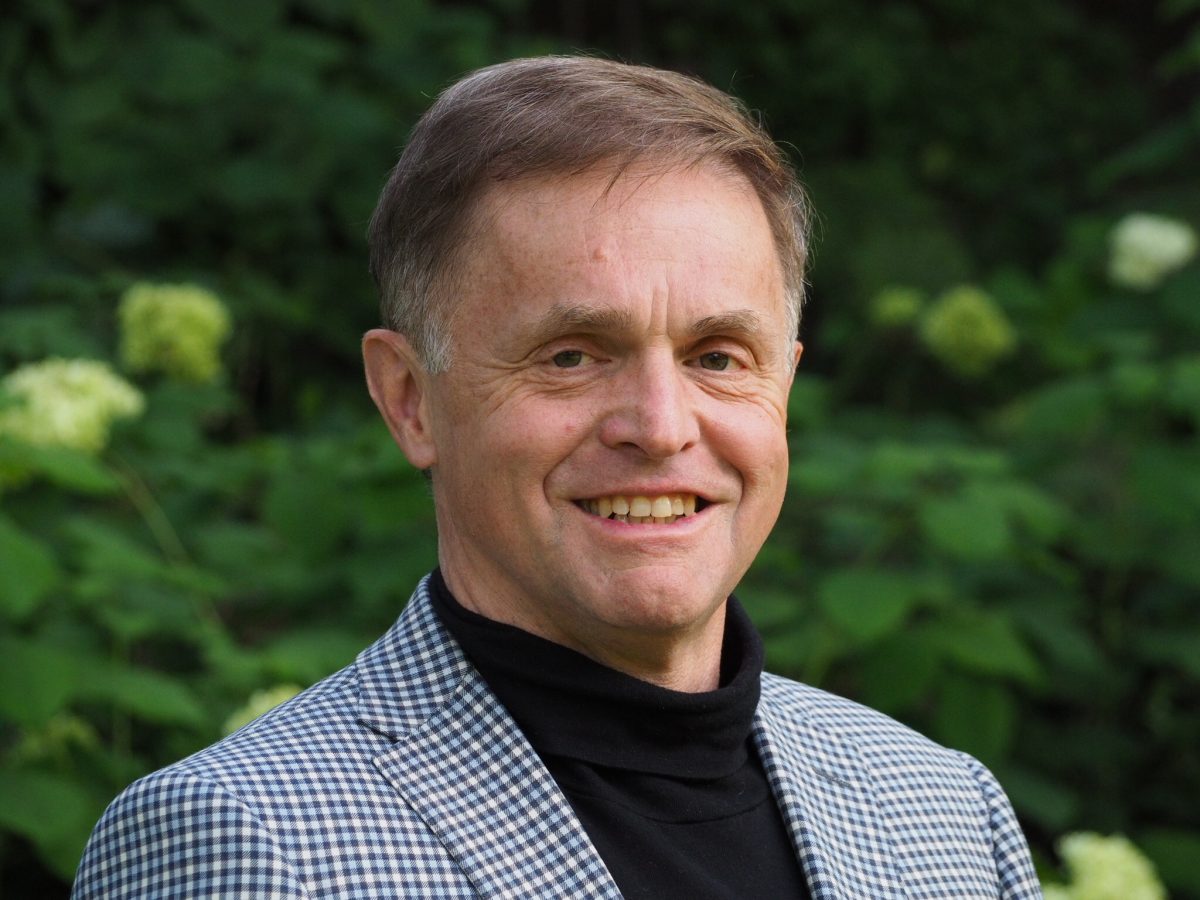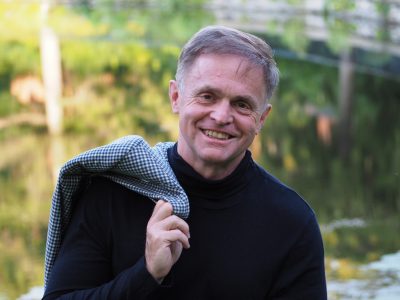When we are doing good preventive medicine, we have to focus on what science tells us and respect the individuals whose lives we are trying to save. We need to find ways to empower them to make better decisions about their own health.
Professor David Sweanor has thirty years of experience doing Canadian and global health policy work, with a particular focus on tobacco and nicotine. This work focuses on all areas of tobacco policy, but with the greatest emphasis on the interaction of law and economics as determinants of health. Also, he has a long standing interest in nicotine harm reduction strategies. He participated at the conference “The importance of science in making decisions that concern citizens in the 21st century”, organised by Color Media Communications, related to the basis that people use to make decisions today, namely how to discern what is healthy and what is not, or how to find out what is less harmful.

Professor Sweanor, your field of expertise is harm reduction which sounds more like a medical field. Why did you choose that field?
As a lawyer, I got involved in this issue because I had friends who were going to medical school and they were talking about all of the harms that were caused by products like cigarettes and how many hospital beds were occupied by people with diseases caused by smoking. I was looking at that and wondered how are we going to deal with that problem? The answer I got from them, which was obvious, was that finding out why people are getting sick is a medical and scientific issue, but dealing with it is a social, legal and political issue.
“People can only make as a good a decision as the information available to them”
Often, we can know why people are getting ill but it takes political and legal action to do something about it. We have this very long history of requiring medical knowledge to know what we can do in terms of things like pure water or sanitary food or science-based pharmaceuticals or safer automobiles. There is a very long list of things where we found risk and when we find risk, we seek to reduce it and that requires legal intervention, legislation and regulations. We have been very successful in so many things by taking that approach. Lawyers and politicians have been absolutely crucial in doing that.
You have 30 years of experience in Canadian and global health policy work with a particular focus on tobacco and nicotine but with emphasis on the interaction between law and economy as determinants of health. Could you tell us about good practices in the world in terms of harm reduction?
Tobacco and nicotine were just a continuation of what we have seen from the time of the enlightenment. When we find risk, we seek to reduce it. We try to use science, reason and humanism to reduce it. Our approach is based on facts and how do we motivate certain behaviour. When we are doing good preventive medicine, we have to focus on what science tells us and respect the individuals whose lives we are trying to save. We need to find ways to empower them to make better decisions about their own health. We need to understand why they are doing what they are doing. By simply telling them how to behave, we have a very limited impact. But we have the ability to nudge behaviours.
We can use regulation to shape what people are more likely to do. So, we can do things that make it far less likely that young people will start smoking – for example, we can do it through taxation of cigarettes, dealing with the advertising and promotion of cigarettes, the health warnings that are on the packages of cigarettes, where people can smoke cigarettes… We have been very effective in reducing smoking rates in many countries using those things. But anytime we are dealing with any cause of death, injury or disease, there are four broad areas of intervention. We can do things that can prevent people from engaging in a dangerous activity. We can do things that are making people engaging in a dangerous activity to stop. We can protect others from dangerous activity, such as drinking and driving. And we can do things to reduce the risks for the people who are still going to engage in a dangerous activity. The fourth one is so important.
People will move to big cities and eat unsanitary food but the issue is how are we going to reduce the risks associated with eating such food? People are going to use pharmaceuticals – how do we use more science-based pharmaceuticals? People are going to drive – how are we going to reduce the risks of using automobiles? How are we going to reduce the risks of fires in buildings? How are we going to reduce the risk of children’s sleepwear being flammable? In terms of nicotine and tobacco, the leading global cause of death (about 8 million deaths a year) is cigarette smoking. These people are dying because of the inhalation of smoke, not from the nicotine. The nicotine dosage that smokers intake is not too hazardous and it is more comparable to caffeine. So, we have the ability to change the market and to use differential taxation and differential regulation to stimulate those people who are still going to engage in a dangerous activity (using nicotine) to get that nicotine in a way that it doesn’t require combustion and inhalation into the lungs. Just to pick up on what other speakers have said…
When we use facts, when we look at the lessons from history and other products and services, we can see how can we most effectively reduce risks, how do we engage in preventive medicine, how do we ensure that we are working with the public to meet them where they are, to understand their experiences and to know that people are going to engage in a dangerous activity, but also that we can do things that can tremendously reduce the risk. We can do this by cooperating with those people at risk rather than simply telling them how to live their lives.
Speaking about science, I have one more related question. Could you give us a few examples of misbelief that showed that science is still not properly positioned in civil awareness?

Sure! Of course, this is something that goes back at least to the time of ancient Greece and the battle between logic and myth. We lived through it during the medieval times and the emergence of the enlightenment or rather the enlightenment versus the Inquisition, science versus belief. We see moral panic being used to fight against science by creating fear in the public. This has been going on for millennia. Looking at things in moralistic terms rather than in scientific terms… If we look at the history of vaccines, diet, exercise, sexual behaviours and even bicycle riding, and last but not least, on nicotine use, we can see a tendency to say that this is a moral issue and sin rather than saying that this is a public health issue which implies intervention. There is also a tendency to look only at the risks of the intervention, as we have seen with vaccines or alternatives to cigarettes, without looking at the risk they seek to prevent – the disease or what cigarettes will do to people instead.
There is also a lack of information for the public to make informed decisions and this has been going on for way too long. People can only make as good a decision as the information available to them. When they have all the misinformation we now see on social media and when they receive misinformation from the people who think this is an issue of sin or belief, we struggle to ensure that science, preventive medicine and public health can win. We have a long history of doing that, but it has always been a struggle and it continues to be a struggle.